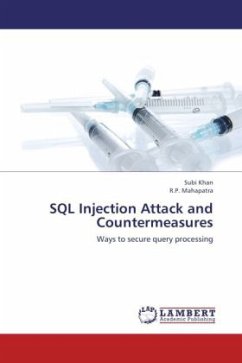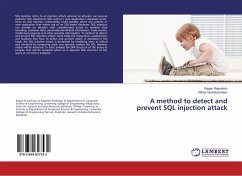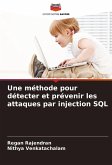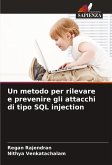SQL injection has become a predominant type of attacks that target web applications. It allows attackers to obtain unauthorized access to the back-end database by submitting malicious SQL query segments to change the intended application-generated SQL queries. Researchers have proposed various solutions to address SQL injection problems. However, many of them have limitations and often cannot address all kinds of injection problems. What s more, new types of SQL injection attacks have arisen over the years. To better counter these attacks, identifying and understanding the types of SQL injections and existing countermeasures are very important.This book presents a review of different types of SQL injections and illustrated how to use them to perform attacks. It also surveys existing techniques against SQL injection attacks and analyzed their advantages and disadvantages. In addition, It identifies techniques for building secure systems and applied them to my applications and database system, and illustrated how they were performed and the effect of them.
Bitte wählen Sie Ihr Anliegen aus.
Rechnungen
Retourenschein anfordern
Bestellstatus
Storno








